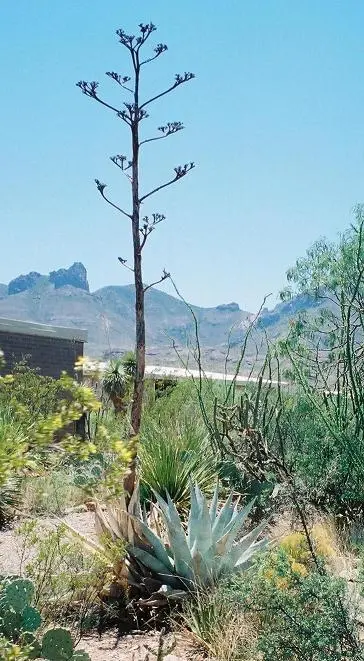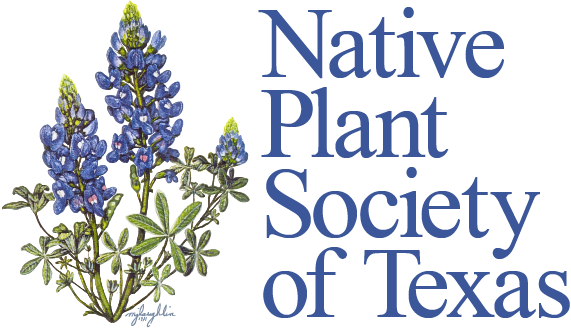
[from Tom Kennedy, Acting Program Manager]
Greetings to Big Bend NPSOT Chapter Members.
I would like to give you an update on the state of our chapter. Our activity has waned in the fall months of 2023 due to a number of staff medical issues. We are happy to report that we will have a number of spring programs for the chapter. The Spring program schedule is listed below. And yes!, we will have a plant sale this year. Please save the date for the program you are interested in attending.
We are in need of volunteers to assist in operating the chapter for 2024. If interested please contact Tom Kennedy at big-bend-chapter@npsot.org
Spring 2024 NPSOT Big Bend Chapter Schedule
January 13
Name: Plants for Birds in the Big Bend
Presenter: Maureen Frank, Borderlands Research Institute
Location: Alpine Library AEP room
Time: 1:00 to 3:00 PM
February 24
Name: Permaculture
Presenter: Kelon Crawford, Eric Hamm
Location: Alpine Library AEP room
Time: 10:00 to 12:00AM
March 23
Name: Field Trip to Alamito Creek Preserve
Presenter: Philip Boyd, Dixon Water Foundation
Location: TBD
Time: TBD
April 13
Name: Boot Ranch Hike
Presenter: Patty Manning, Twin Sisters Nursery
Location: TBD
Time: TBD
April 27
Name: Plant Sale
Location: TBD
Time: TBD
More details will be sent two weeks before each program.
Thank You,
Tom Kennedy, Acting Program Manager


